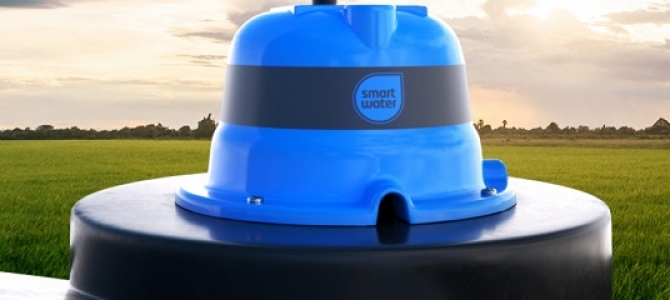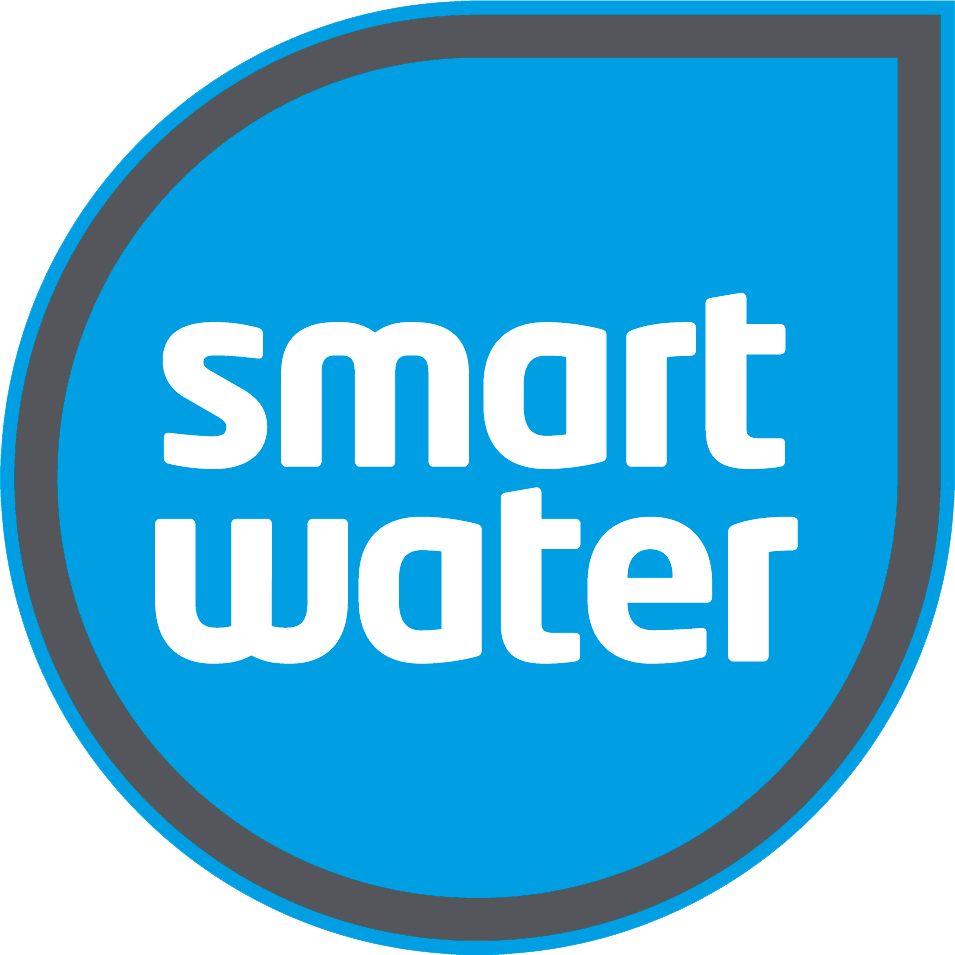 Shopping Cart
Shopping Cart
09 October 2025
Monitoring different tank shapes and sizes – water tank monitoring

Modern water management begins with accurate monitoring, regardless of the tank’s shape or application. Over recent years, diverse tank structures have increased in New Zealand homes and businesses, amplifying the need for reliable, intelligent level monitoring solutions.
No matter what shape or size your water tank, monitoring the water level inside your tank has never been easier.
At Smart Water, we have created a range of solutions that can be used to measure the water level in your water tank, with the capacity to monitor the level of up to 12 tank pumps and senders in one handy mobile app.
The SW900 is our leading solution and is one of the world’s leading cloud-based solutions for monitoring your water tank levels. Smart Water uses Wi-Fi-enabled hubs to link together multiple devices including solar-powered tank senders and pump controllers.
As well as the option to manage your water tank monitors via our app, you can also manage them through our handy wall-mounted or desktop LCD displays.
Connecting with tank senders and pump controllers, you then have full remote-control monitoring and management of your water tanks, no matter where you are.
This guide explores best practices, emerging tech, and actionable advice on maximising any tank’s potential, leveraging Smart Water’s leading-edge systems and global expertise.
Why Smart Water Level Monitoring Matters
Water management isn’t just about conservation; it’s a strategy for sustainability, cost control, and resilience. With climate volatility causing unpredictable rainfall and drought across New Zealand and globally, water tanks have become critical infrastructure for homes and enterprises. According to Auckland Council, tank installations in local residences doubled during drought years, with storage now covering nearly 20% of homes in some regions as of mid-2025.
Traditional tank monitoring, such as manual checks, float arms, or rudimentary pressure sensors, falls short in accuracy and accessibility. Smart solutions, like those offered by Smart Water, leverage cloud architecture, solar power, and multi-device integration to offer real-time, remote insight.
Adapting to All Tank Shapes: Round, Slimline, Rectangular & Square
Historically, round tanks dominated the New Zealand landscape, but property design trends now favour slimline, rectangular, and square tanks for space efficiency and aesthetic value. Unlike circular tanks, modern designs complicate manual monitoring and capacity estimation.
Smart Water’s monitoring suite accommodates all geometries:
- Custom Height and Outflow Setting: Users can program tank and outlet heights within the app or LCD hub, ensuring volume calculations reflect true usable water.
- Multi-Tank Aggregation: Control and monitor up to 12 tanks/pumps via the app - ideal for farms, commercial sites, and apartment blocks.
This “format free” capability isn’t universal; many competitors force users to standardise tank parameters or omit advanced user customisation options, a key point of differentiation.
Technology That Enables Smarter Decisions
SW900: Cloud-Based, Solar-Powered Monitoring
Smart Water’s SW900 solution is a market leader for wireless, cloud-integrated monitoring. Key technical advantages:
- Wi-Fi hub and solar sender integration: No need for mains power or wired connectivity, expanding installation possibilities for rural, off-grid or complex sites.
- Real-time app access: iOS and Android compatibility; all tank data synchronises instantly for anywhere, anytime management.
- Remote LCD or desktop screens: Local control option for staff or households, supporting both in-person and remote workflows.
Contrast this with other providers relying on battery-only, non-cloud systems, often limiting long-term reliability and scalability.
Latest Water Statistics
- Water resource challenges: Latest Ministry for the Environment data shows areas like Northland and Gisborne face increasingly severe water shortages seasonally, making tank efficiency crucial.
- Rainwater harvesting payback: Studies cited by NZ Waterways (2025) note that typical households save 30-50% on annual mains water bills after installing monitored tanks and optimizing collection/usage.
- Technology adoption rates: Internationally, sensor-driven tank monitoring has grown at 12% CAGR since 2020 (IDC, 2024), signalling industry-wide best practice.
Access to historical trends, capacity graphs, and AI-based usage predictions, standard in Smart Water’s software, lets users plan for top-ups and droughts far more effectively than systems that only show present levels.
What Makes Smart Water Stand Out?
Other manufacturers may offer basic tank gauges, but rarely do they match this integration:
- Support for 12+ tanks/pumps across brands and models.
- Custom calibration for any tank geometry, not just round, standardised ones.
- Integrated weather intelligence right in the monitoring app, updating rain forecasts and tank fill probabilities in real time.
- Multi-user collaboration features, essential for strata, facility managers, and rural property owners.
Few companies have a New Zealand manufacturing base and offer local support, ensuring rapid troubleshooting and regulatory compliance.
User Experience: Remote Control and Empowerment
Mobile control (even while overseas) streamlines data-driven water planning for families, investors, and businesses alike. Users can:
- See precise water levels, outflow rates, and time-to-empty projections.
- Access weather forecasts to plan garden, cleaning, or farm activities.
- Invite others to manage tanks temporarily - ideal for caravan parks, rentals, or shared farms.
Smart Water’s systems make tank management intuitive and visually clear, outshining dated analogue dials and uncalibrated float switches.
Sustainability and Future-Proofing
With Auckland dams tracking at 99.62% in October 2025, compared to sub-55% lows in 2021-2022, opportunity knocks for homeowners to fill tanks during wet spells and mitigate summer droughts. Retrofits have become vastly easier with slimline models, supporting sustainability goals with minimal footprint.
Rain harvesting isn’t just an eco-trend: the Christchurch City Council emphasises that monitored tanks directly reduce urban runoff, limiting floods and stormwater pollution, making these systems a practical citywide advantage. Integrated monitoring also streamlines compliance for rural and commercial water use licensing.
Upgrade Now for Data-Driven Water Security
Whether a property is residential or commercial, round or square, Smart Water enables simple installs and world-class monitoring. Proactive installation during wet seasons can save thousands and fortify reserves ahead of traditionally dry months. With cloud-based, solar-powered tech, remote LCD displays and predictive analytics, this is next-gen water security for New Zealand and beyond.
For a personalised setup, or to retrofit older tanks for modern monitoring, contact the Smart Water team and ask about the SW900 and multi-tank control packages.
FAQ: Water Tank Monitoring
Why monitor water tank levels remotely?
Remote monitoring provides real-time insight, supports proactive planning, and ensures water security during droughts or travel. Modern cloud solutions eliminate manual checking and reduce the risk of running dry.
Can Smart Water’s solutions fit any tank shape or size?
Yes, our systems are fully customizable for round, slimline, rectangular, or square tanks. This supports accuracy even for unconventional tanks that competitors can’t calibrate correctly.
How many tanks can I monitor?
Up to 12 tanks and pumps can be viewed and managed on one Smart Water system, ideal for farms or multi-building sites.
Does remote monitoring work off-grid?
Smart Water’s solar senders and Wi-Fi hubs allow installation where normal power or connectivity isn’t available.
Is rain harvesting worth it in New Zealand?
With unpredictable rainfall and rising water costs, rainwater tanks offer sustainable reserves and cut bills by up to 50%. Monitoring maximises efficiency and minimises waste.
What makes Smart Water different from international providers?
The main difference is full geometric flexibility, integrated weather intelligence, NZ-based manufacturing and support, and collaboration tools for managing shared tanks.
Related posts
· Is rain harvesting worth it?
· Are rainwater tanks worth it?
· Which type of water tank is best for the home?
Post first published on 14 June 2022 and last updated 9 October 2025
